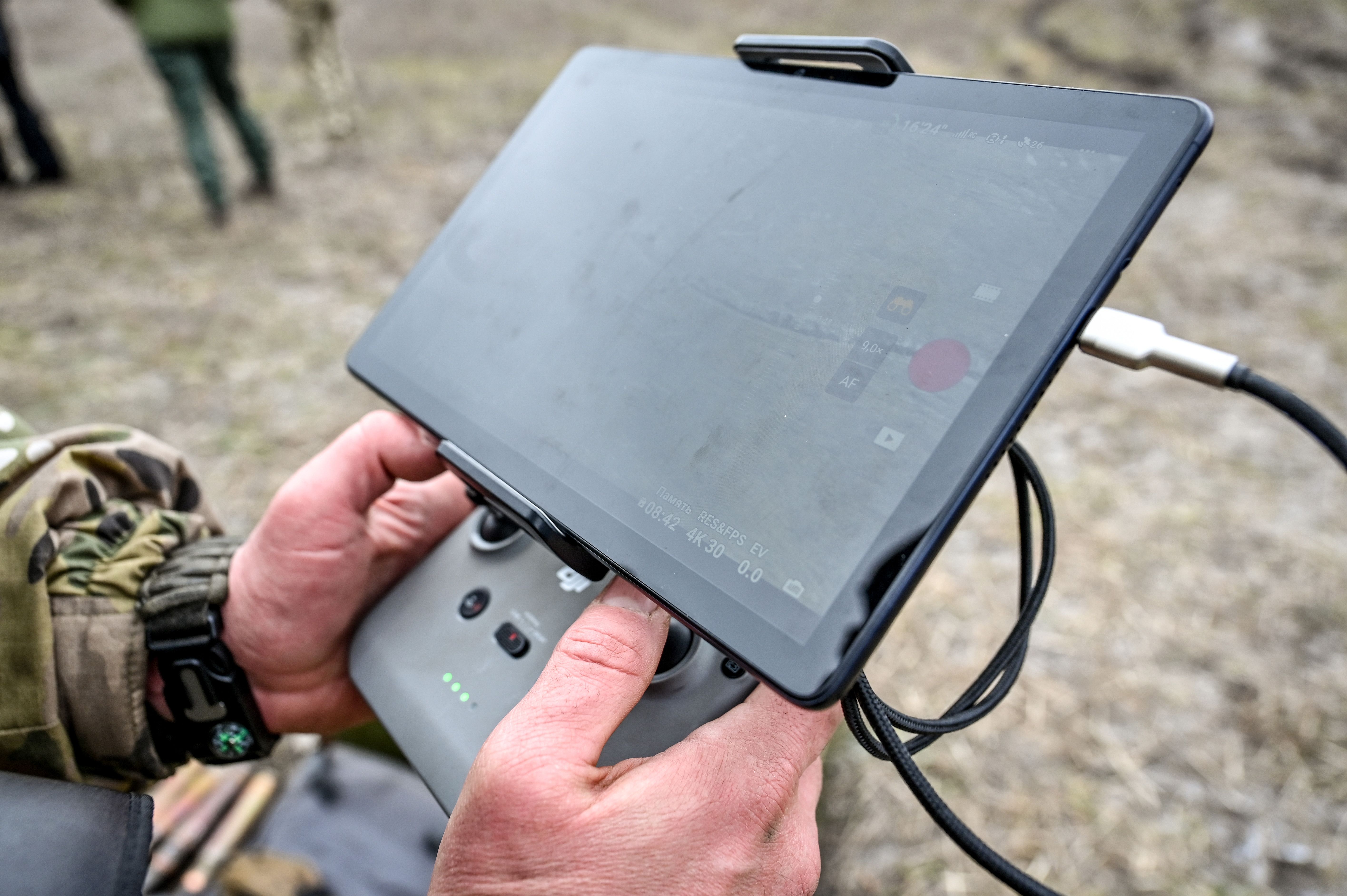
The Pentagon is planning a new “weapon of mass destruction” – hordes of air, land and seaborne drones.
It has been dubbed the “swarm of swarms” – and is raising ethical and security concerns.

Most details of the U.S. defense research agency DARPA’s project are classified.
But AMASS (Autonomous Multi-Domain Adaptive Swarms-of-Swarms) is described in federal contract documents seen by New Scientist. The controversial plan involves thousands of small aerial, ground and underwater drones working together to destroy enemy defenses.
They will be equipped with missiles and tools including target identifying GPS and radar jammers. Bids for the $78 million contract closed on Friday, Feb. 10.
Warfare experts are alarmed. Zachary Kallenborn, a policy fellow at George Mason University in Virginia, said: “As the swarm grows in size, it’ll become virtually
impossible for humans to manage the decisions.
“Autonomy and AI will be needed to make those decisions – with all the brittleness that entails.”
Kallenborn, an author on WMD terrorism and homeland security, told the magazine: “A massive drone swarm prone to errors would be a terrifying thing – a new weapon of mass destruction.”
It isn’t clear how AMASS will handle their independence, he said. It wouldn’t need human assistance on the ground. The swarms could coordinate across an entire area of operation – such as a whole country.
Gregory Allen, director of the Center for Strategic and International Studies in Washington DC says the Pentagon has experimented with swarms of hundreds of
drones.
But larger groups with land, air and sea components will introduce complexity and make communication more of an issue.
Kallenborn said: “In theory AMASS could be entirely non-lethal – carrying out jamming or other non-kinetic attacks in support of other platforms that actually destroy the defenses. I think that’s unlikely though.”

Allen is also dubious it could carry out its mission without using lethal force. Low-cost drones have proved effective in the Ukraine conflict where they have destroyed tanks, swamped air defenses and damaged the power grid. But these
have been individually controlled.
A control system will enable thousands of units – including drones, submarines and robot tanks – to communicate, exchange information and coordinate actions autonomously.
A DARPA spokesperson said the aim is to keep humans making key decisions – with drones waiting for permission to act if communications fail.
There would be people somewhere overseeing and able to step in if necessary.
Produced in association with SWNS Talker.







